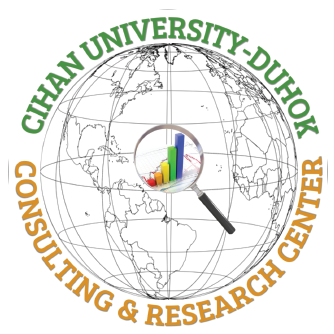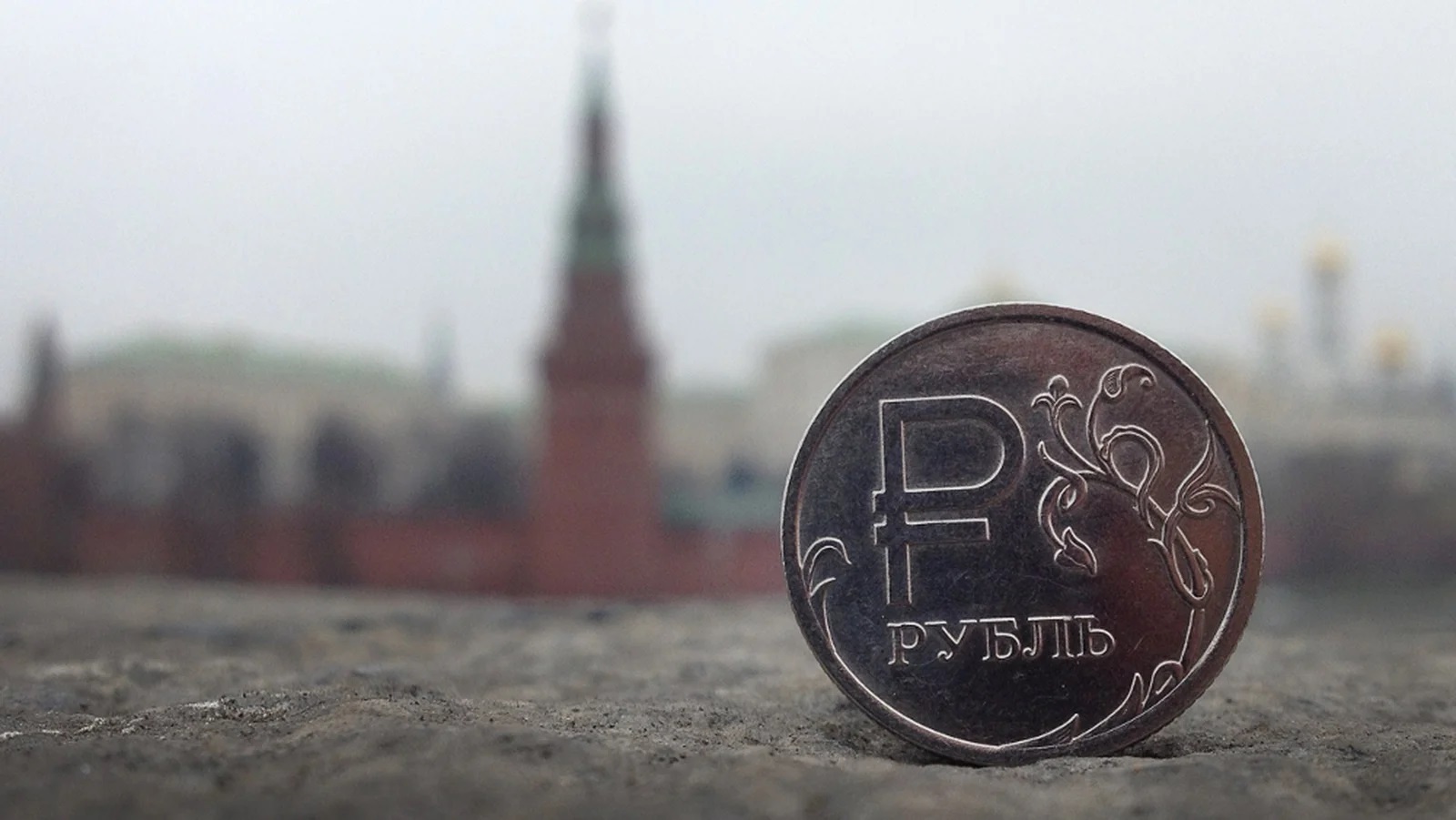Since Russia’s unprovoked and unjustified invasion of Ukraine in February 2022, the Council has adopted ten packages of sanctions against Russia and Belarus. The sanctions aim at weakening Russia’s ability to finance the war and specifically target the political, military and economic elite responsible for the invasion.
The restrictive measures do not target Russian society. That is why areas such as food, agriculture, health and pharmaceuticals are excluded from the restrictive measures imposed.
Timeline – EU restrictive measures against Russia over Ukraine (background information)
Economic indicators are showing that the restrictive measures taken in Europe and elsewhere against Russia have had an impact on the Russian economy.
The Russian economy is shrinking
According to the World Bank, the International Monetary Fund (IMF) and the Organisation for Economic Cooperation and Development (OECD), 2022 was a bad year for the Russian economy. It is estimated that in 2022, Russia’s gross domestic product (GDP) dropped by at least 2.2% in the best-case scenario and by up to 3.9% in the worst-case scenario.
Russia’s economy may continue to shrink in 2023. Its GDP is forecast to decline by 5.6% in the worst-case scenario (OECD) or by 3.3% according to the World Bank. The IMF expects slight growth in 2023 (0.3%).
Declining trade, soaring inflation
The restrictive measures target the imports of certain goods from Russia and the export of certain goods to Russia. The list of banned products is designed to maximise the negative impact of the sanctions on the Russian economy while limiting the consequences for EU businesses and citizens.
Figures are proving that the restrictive measures are yielding results. Both the World Bank and the IMF estimated that in 2022, Russia’s trade in goods and services was set to decline significantly. In 2023, exports will continue to decline, while imports are expected to be higher than in 2022.












